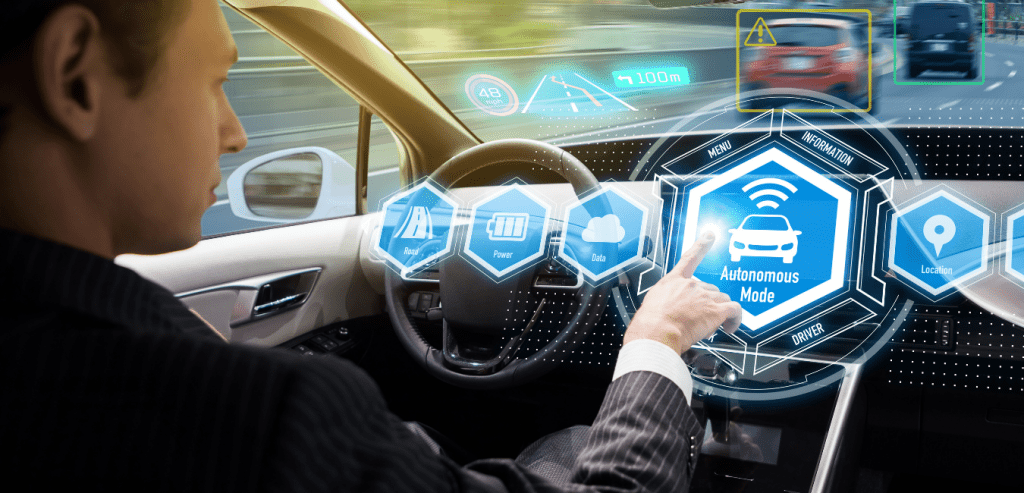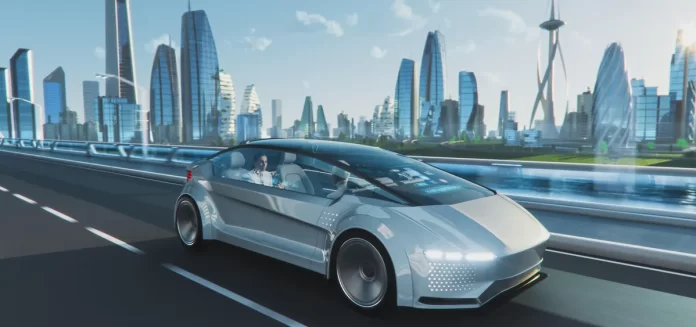Transportation has always been a crucial aspect of human civilization, enabling the movement of goods and people from one place to another. Over the centuries, we have witnessed remarkable advancements in transportation, from the invention of the wheel to the development of steam engines, automobiles, and airplanes. However, the next era of transportation promises to revolutionize the way we move even further with autonomous vehicles at the forefront.
Autonomous vehicles, also known as self-driving cars, are vehicles that can navigate and operate without human intervention. They utilize a combination of advanced sensors, artificial intelligence, and connectivity to perceive their surroundings, make decisions, and execute actions. This technology has gained significant attention and investment in recent years, and its potential implications are vast.
One of the primary drivers behind the development of autonomous vehicles is safety. Human error is a leading cause of road accidents, resulting in thousands of fatalities and injuries worldwide every year. By eliminating or significantly reducing human involvement in driving, autonomous vehicles have the potential to make our roads much safer. They can react faster, have a 360-degree view of their surroundings, and adhere strictly to traffic laws. Moreover, autonomous vehicles can communicate with each other, creating a network that enables coordinated movements and further enhances safety.
Beyond safety, autonomous vehicles also hold the promise of increased efficiency and convenience. With the ability to optimize routes, reduce traffic congestion, and make real-time adjustments based on traffic conditions, autonomous vehicles can significantly improve the flow of traffic. This improvement would result in shorter travel times, reduced fuel consumption, and lower emissions, contributing to a more sustainable transportation system. Furthermore, the convenience of being able to engage in other activities while the vehicle takes care of the driving could transform commuting into productive or leisure time.
The impact of autonomous vehicles extends beyond individual cars. The rise of autonomous public transportation, such as buses and taxis, could revolutionize urban mobility. Imagine a network of interconnected autonomous buses that dynamically adjust their routes based on passenger demand, reducing the need for private car ownership and alleviating traffic congestion. Autonomous taxis could provide an affordable and accessible transportation option, especially for those who cannot drive or do not own a car.

In addition to autonomous vehicles on land, we are also witnessing advancements in autonomous aerial and maritime transportation. Autonomous drones are already being used for various purposes, including package delivery and aerial surveys. In the future, we might see autonomous flying taxis, which could revolutionize urban transportation by bypassing ground traffic. Similarly, autonomous ships have the potential to improve maritime transportation efficiency and reduce the risks associated with human error in navigation.
While the future of transportation appears to be dominated by autonomous vehicles, there are still several challenges that need to be addressed. Safety remains a critical concern, as the technology must demonstrate reliability and the ability to handle unpredictable situations. Additionally, legal and regulatory frameworks need to be established to govern the use of autonomous vehicles, including liability issues and ethical considerations.
Privacy and cybersecurity are other significant concerns surrounding autonomous vehicles. As these vehicles become more connected, they become potential targets for cyberattacks, requiring robust security measures to safeguard personal data and ensure the integrity of the systems. Striking the right balance between connectivity and security will be crucial in building trust in autonomous vehicles.
Furthermore, the deployment of autonomous vehicles requires substantial infrastructure development. This includes building a comprehensive network of sensors, communication systems, and charging stations for electric autonomous vehicles. Collaboration between government, industry, and academia will be essential to create the necessary infrastructure and ensure compatibility across different regions and countries.
The future of transportation is indeed exciting, with autonomous vehicles poised to transform our daily lives and reshape our cities. However, it is essential to consider the broader implications and ensure that these advancements align with our societal goals. As we embrace autonomous vehicles, we must prioritize sustainability, equity, and accessibility. This includes integrating renewable energy sources, optimizing transportation networks to serve underserved communities, and minimizing any potential negative impact on employment.
In conclusion, the future of transportation holds great promise with autonomous vehicles leading the way. From improving safety and efficiency to revolutionizing urban mobility and exploring new frontiers in air and sea transportation, the possibilities are immense. However, it is crucial to navigate the challenges responsibly and ensure that the future of transportation benefits everyone, creating a more connected, sustainable, and inclusive world.

